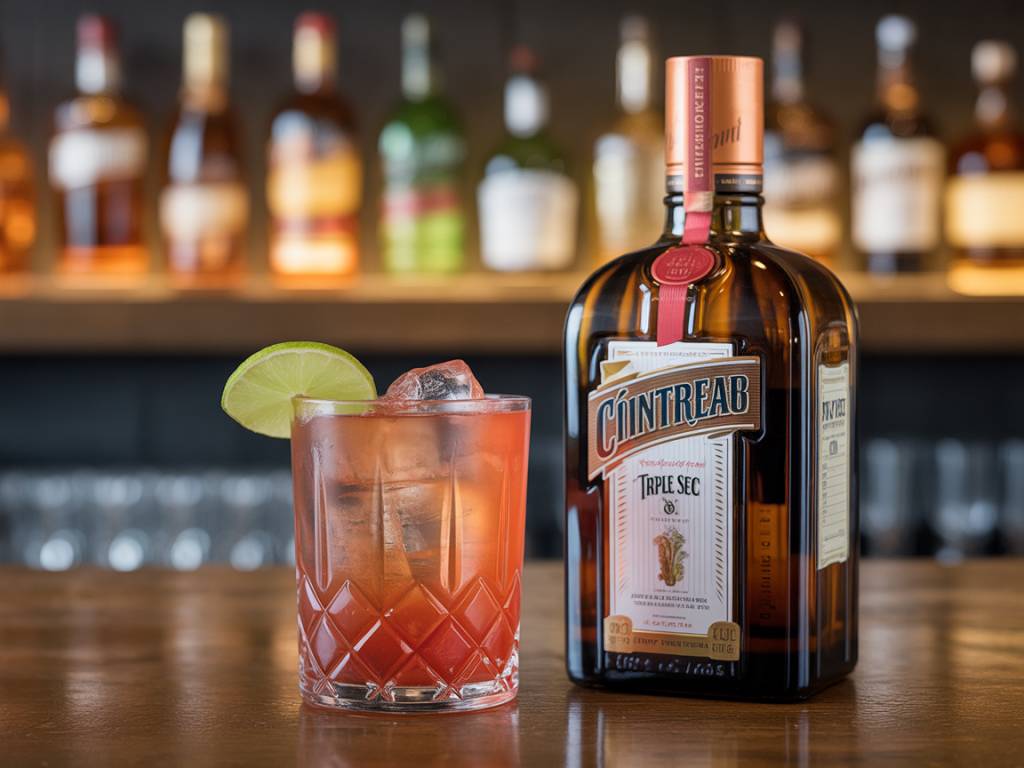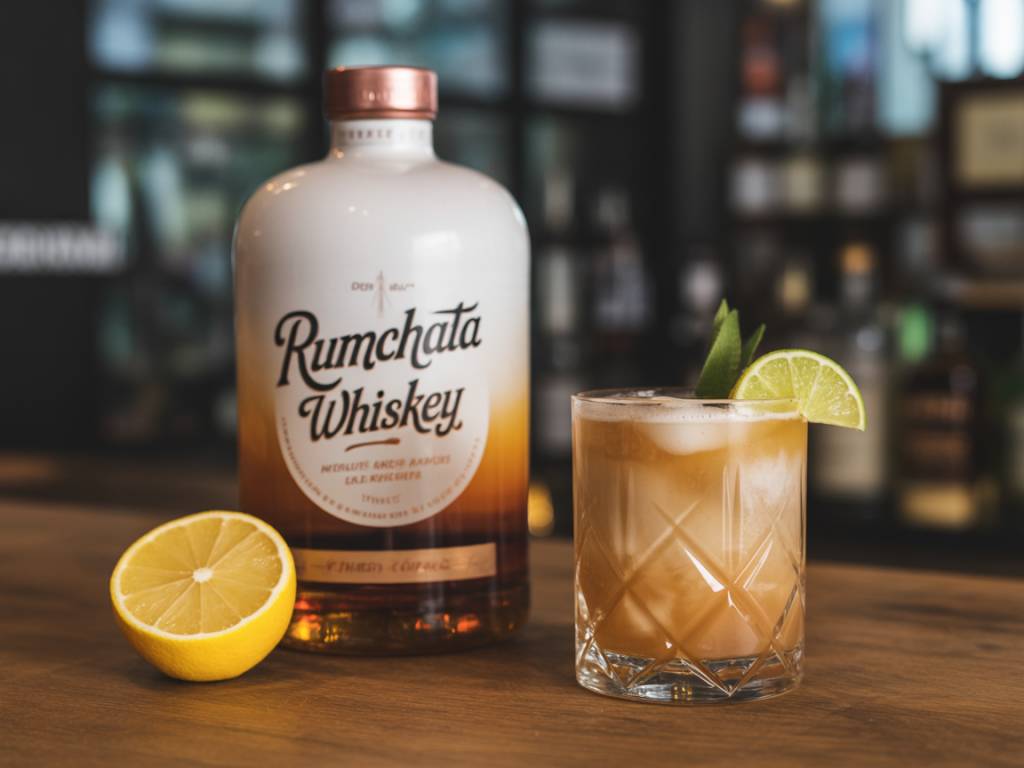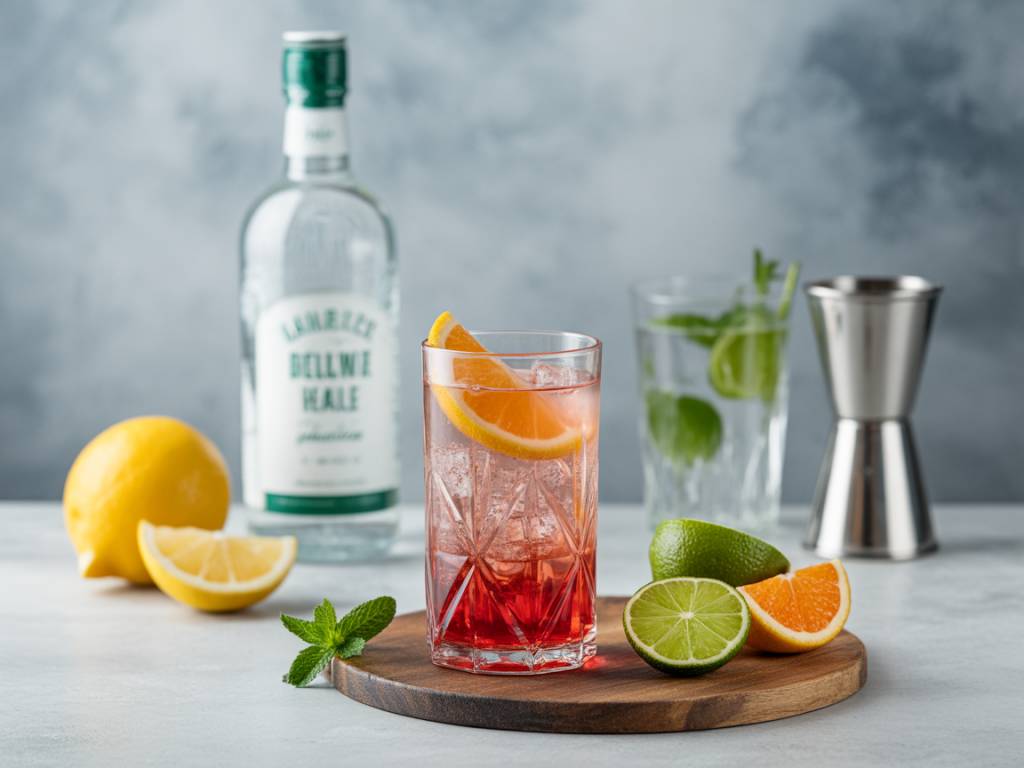Understanding the Difference: Cointreau vs Triple Sec
If you’ve ever reached for that dusty bottle labeled « Triple Sec » behind the bar and wondered whether it could replace Cointreau in your next Margarita, you’re not alone. This is a question I get all the time — from fresh-faced bartenders to seasoned home cocktail crafters. So let’s set the record straight: Cointreau is a triple sec, but not all triple secs are Cointreau. Confused yet? Don’t worry. Keep reading.
Both Cointreau and triple sec are orange liqueurs. They’re typically used to bring citrusy brightness and a touch of sweetness to a cocktail. But behind that seemingly simple role, there’s a world of nuance. And knowing when to grab Cointreau instead of a generic triple sec can make a difference between a cocktail that’s good and one that’s spot-on.
What Exactly Is Triple Sec?
« Triple sec » is both a category and a product — and that’s where the confusion starts. Literally meaning « triple dry » in French, triple sec refers to a clear, dry-style orange liqueur. It’s usually made from the dried peels of bitter and sweet oranges, distilled with neutral alcohol and sugar. The result? A citrusy liqueur that’s bright, zesty, and sweet… sometimes too sweet.
And here’s the rub: because « triple sec » isn’t a protected term, pretty much any brand can slap it on their bottle. That leads to a broad range of quality. Some are harsh and overly sugary; others are more refined. Bottom line: when you’re dealing with generic triple sec, you need to taste before you pour. Don’t assume they’re all created equal — because they absolutely are not.
A Closer Look at Cointreau
Cointreau, on the other hand, is a specific brand of triple sec — and one with serious pedigree. Founded in 1849 in Angers, France, Cointreau uses a secret blend of sweet and bitter orange peels, balanced meticulously, and distilled with a high-proof neutral spirit. It comes in at 40% ABV (alcohol by volume), which is notably stronger than most standard triple secs that hover around 15–30%.
More importantly, Cointreau is known for its clean, crisp orange flavor without overpowering sweetness. It’s drier, more balanced, and transparent in flavor — which makes it not just a supporting player in cocktails, but sometimes the star.
Think of it this way: if triple sec is the cover band, Cointreau is the headliner. It’s got clarity, structure, and strength. And yes, the price reflects that — but in most classic cocktails, the extra dollar goes a long way.
When to Use Cointreau
So, when does it really matter? When should you reach for the Cointreau over a generic triple sec? Here are a few prime examples where Cointreau not only shines — it’s expected.
- The Classic Margarita: Tequila, lime, and Cointreau — this is the holy trinity. The dry orange note from Cointreau balances beautifully with the tart lime. Using a low-quality triple sec here can result in a cocktail that’s overly sweet or flat.
- Cosmopolitan: Vodka, cranberry, lime, and Cointreau. In this cocktail, where citrus and sweetness must play nicely, Cointreau brings just the right balance without muddying the mix.
- Sidecar: Cognac, Cointreau, lemon juice — that’s all you need. The Cointreau elevates the drink with its bright clarity, supporting the Cognac’s richness while cutting through with citrus aromatics.
In short, if you’re making a three-ingredient cocktail where every note counts, don’t skimp. Go Cointreau.
When You Can Use (Good) Triple Sec
Not every cocktail demands the high-octane precision of Cointreau. If you’re mixing rounds for a crowd, experimenting with infusions, or making something where orange flavor plays a background role, a good-quality triple sec will do just fine. Let me give you a few settings where triple sec works well:
- Frozen Margaritas: Let’s be honest — with all that crushed ice and maybe a splash of agave syrup, the subtleties of Cointreau might get lost. Save the premium stuff for shaken versions. Here, a solid triple sec can do the trick.
- Batch Party Mixes: Making a gallon of punch for your cookout? You don’t necessarily need precision-grade orange flavor. Just don’t go for the cheapest bottle. Look for brands like Bols, Luxardo, or Giffard that offer relatively well-balanced triple secs.
- Fruit-Forward Cocktails: If you’re making a drink with muddled berries, pineapple, or tropical flavors — where orange is more of a subtle enhancer — triple sec might be enough. Test and tweak, always.
One practical tip: Triple sec tends to be lower in alcohol. So if you’re swapping it in for Cointreau, consider how that might affect the drink’s body and finish, especially in stirred or spirit-forward recipes.
How I Learned the Hard Way
Flashback to my early days bartending at a hotel lounge. A couple orders Sidecars. I’m in the weeds. I reach for what I thought was a decent triple sec — fast glance, orange label, right shelf. Big mistake. The drink came out weirdly candy-sweet, and the Cognac’s backbone disappeared completely.
The woman returns the drink with a polite, “Is this how this is supposed to taste?” I taste it. Damn. Rookie move — I had used a bottom-shelf Orange Curacao instead of Cointreau. From that night on, I made it a rule: know your orange liqueurs, and treat Cointreau with the respect it deserves.
Substitutes and Swaps
Can you sub something else in for Cointreau in a pinch? Yes — but you have to know what you’re working with.
- Triple Sec: Already covered — usable in casual settings, but try to pick a quality one, and adjust sweetness as needed.
- Orange Curaçao: Often darker, sweetened, and less dry. It works better in tropical cocktails or tiki drinks, where complexity is layered and sweetness is part of the game.
- Grand Marnier: More of an orange-flavored brandy liqueur than a true triple sec. Rich, heavy, and boozy — it can be a luxurious twist in some classic recipes (think Cadillac Margarita), but it’s not a straight substitute for Cointreau due to its weight and profile.
If you’re inventing a cocktail or tweaking a classic, experiment with how each orange liqueur changes the balance. Adjust your sweetener, citrus, and base spirit accordingly. Remember, mixology is part science, part jazz. Trust your palate.
The Bottom Line Behind the Bar
If I had to boil it down, I’d say this: Cointreau is your go-to when precision matters. It delivers consistent, clean orange flavor with just enough bite to hold its own. Triple sec — the good kind — is your utility player, useful in big batches, casual mixes, or fruity, refreshing drinks where there’s more room to play.
In my bar kit, I keep both. Cointreau for when I’m shaking up cocktails that lean on balance and intensity. Triple sec for when I’m making crowd-pleasers or playing with new flavor combos. Use each where it shines, and your cocktails will thank you.
Got a favorite use for triple sec? Or a cocktail where you absolutely swear by Cointreau? Let me know — I love hearing how others navigate this citrusy conundrum. And if you’re still reaching for whatever’s cheapest on the shelves, maybe it’s time to do a side-by-side taste test. Because once you notice the difference… there’s no going back.





